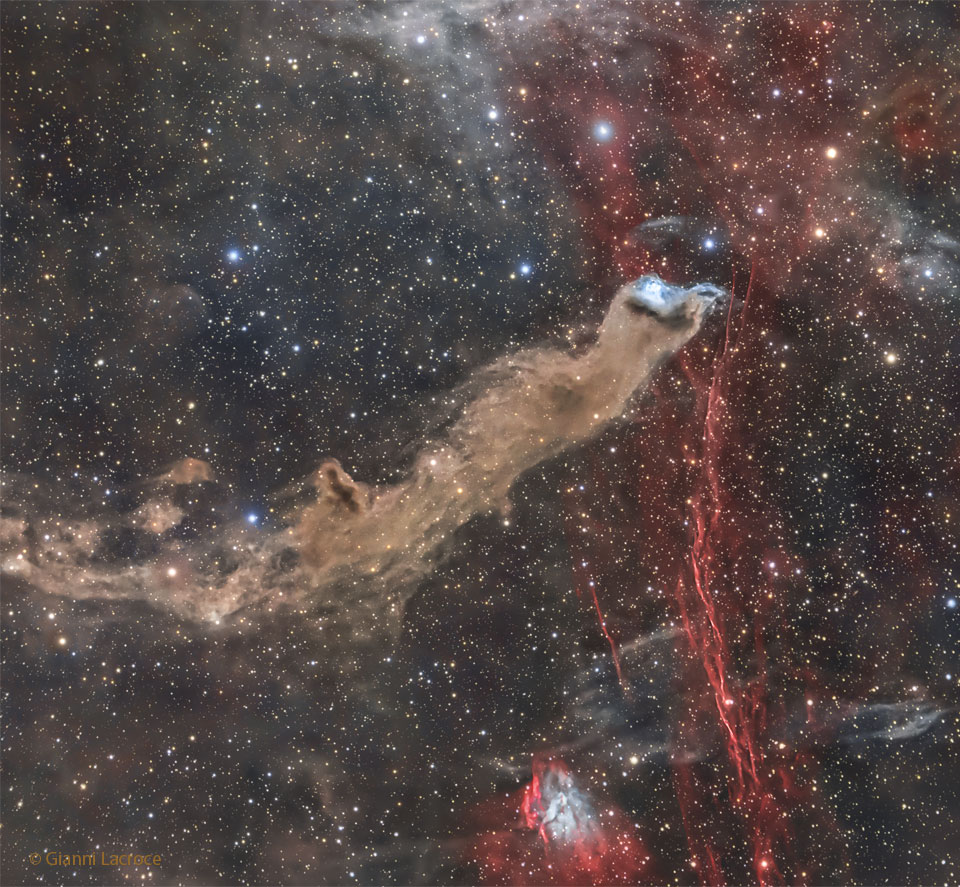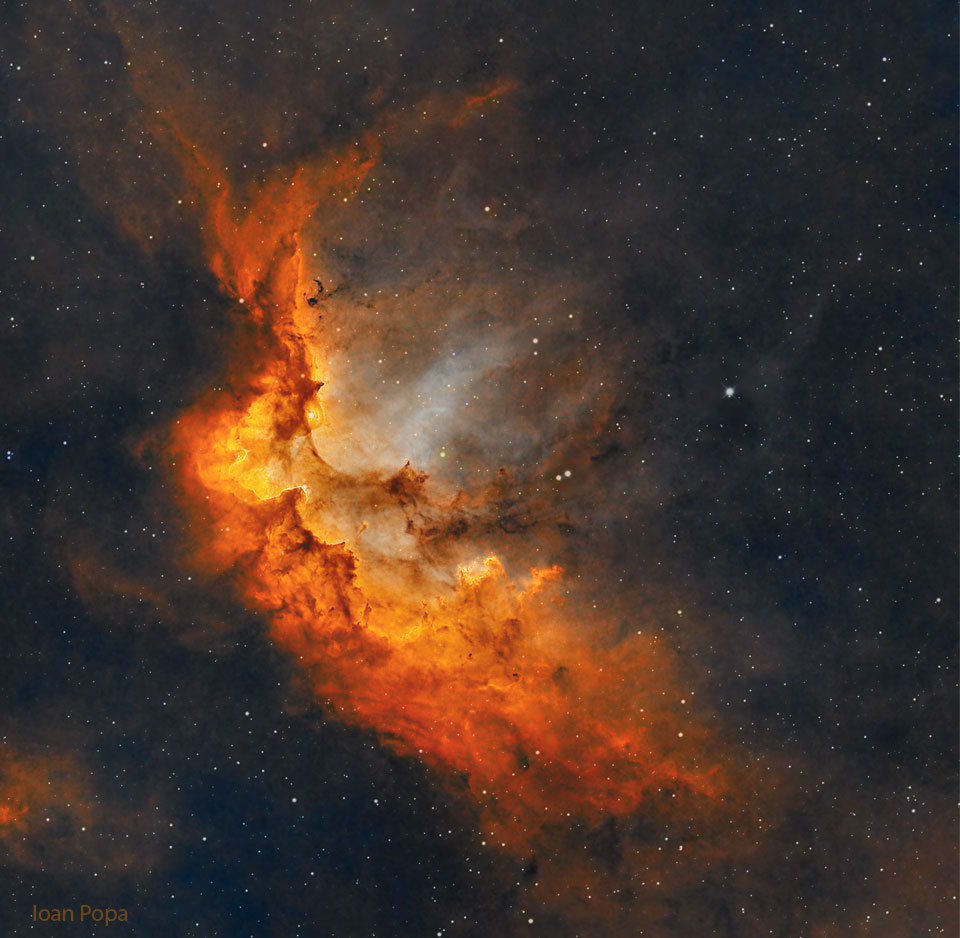Experts from NASA and other institutions will be available by teleconference at 11 a.m. EST on Thursday, Nov. 17, to answer media questions about early science results from the agency’s James Webb Space Telescope.
from NASA https://ift.tt/NBRZU4u
via IFTTT





